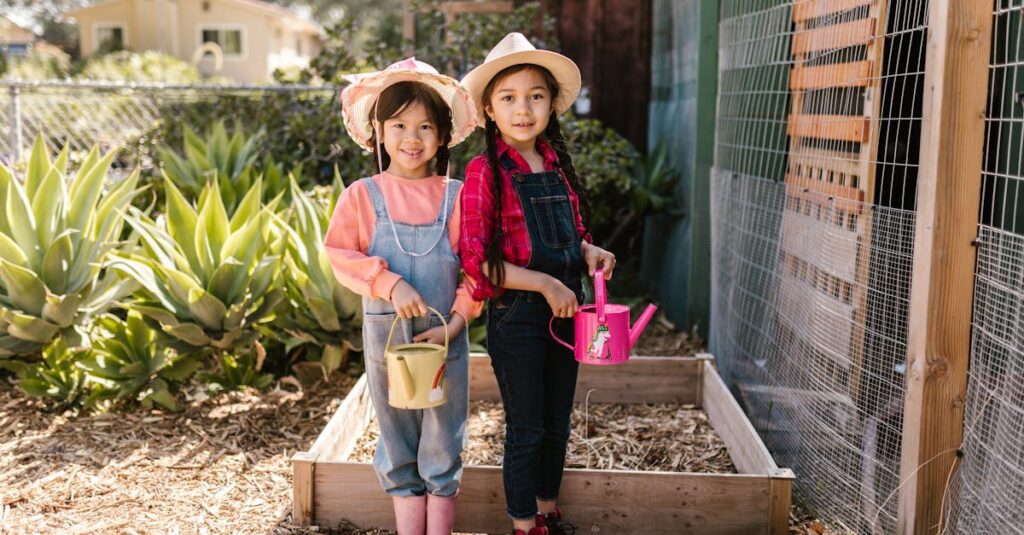There are few gifts you can give your children that will last longer (or matter more) than helping them build a strong, loving relationship with their siblings. As parents, we often focus on school success, manners, or extracurriculars, but the truth is that the relationships formed at home shape our children’s sense of belonging, empathy, and emotional health for years to come.
A healthy sibling bond teaches kids that they’re never truly alone in this world. It’s the first practice ground for learning about friendship, teamwork, conflict, and forgiveness. These relationships can be messy at times, but they’re also where the deepest love can grow, if we nurture them intentionally.
Here are some ways to help foster strong sibling relationships in your home:
1. Require Family Time
It’s easy to let everyone go their separate ways with sports, activities, and homework, but carving out time for the whole family is key. Family dinners, game nights, or even quick “family check-ins” after school create shared experiences that strengthen connection. The goal isn’t perfection, it’s consistency. Make togetherness a non-negotiable part of family culture.
2. Encourage Teamwork
Let your children team up and work with each other, not just against each other.
- Have them collaborate on a shared goal, like teaching the family dog a new trick or building something creative together.
- Try “Mom and Dad versus the kids” game nights, which naturally build camaraderie and laughter.
- Encourage them to cheer for one another’s accomplishments, rather than compete for your attention.
When kids have opportunities to cooperate, they start seeing each other as allies, not rivals.
3. Talk About the Importance of Sibling Relationships
Don’t assume your kids understand how meaningful their bond is, tell them. Share stories about your own siblings, or about friends who have been like family. Talk about how siblings can be lifelong companions through both the best and hardest seasons of life. When you can, show this through your own relationships. Demonstrate what it looks like to call your sibling just to check in, laugh about memories, or offer help when they need it.
4. Avoid Comparisons
Even subtle comparisons: “She’s my artistic one” or “He’s the easy-going one” can create long-term tension. Each child deserves to be seen and celebrated for who they are, without feeling like they’re being measured against their sibling. Help your children understand that one person’s strengths don’t take away from another’s. There is enough love, pride, and praise to go around.
5. Model Appreciation and Respect
Make it part of daily life to notice and name the ways siblings show kindness to each other:
“I love how you helped your brother find his toy.”
“It meant a lot when you shared that with your sister.”
When children see that you value their connection, they start to value it too.
6. Normalize Conflict and Guide Repair
No sibling relationship is without arguments. What matters most is what happens after the conflict. Teach your kids to apologize, listen, and make amends. These moments are golden opportunities to teach empathy and emotional regulation.
7. Remember: Mental and Emotional Health Begins at Home
Children learn how to connect, care, and resolve conflict first within their family system. A home that models love and forgiveness gives them a solid foundation for healthy relationships outside the home too.
When kids grow up knowing that their sibling has their back, through every change, challenge, and milestone, it builds a deep sense of safety. And that sense of never being alone can carry them through a lifetime.
Final Thought:
The friendships our children form with their siblings may become the longest relationships they’ll ever have. By nurturing that bond now, through intentional family time, teamwork, and encouragement, you’re giving them a lifelong gift: love that grows up right alongside them.


